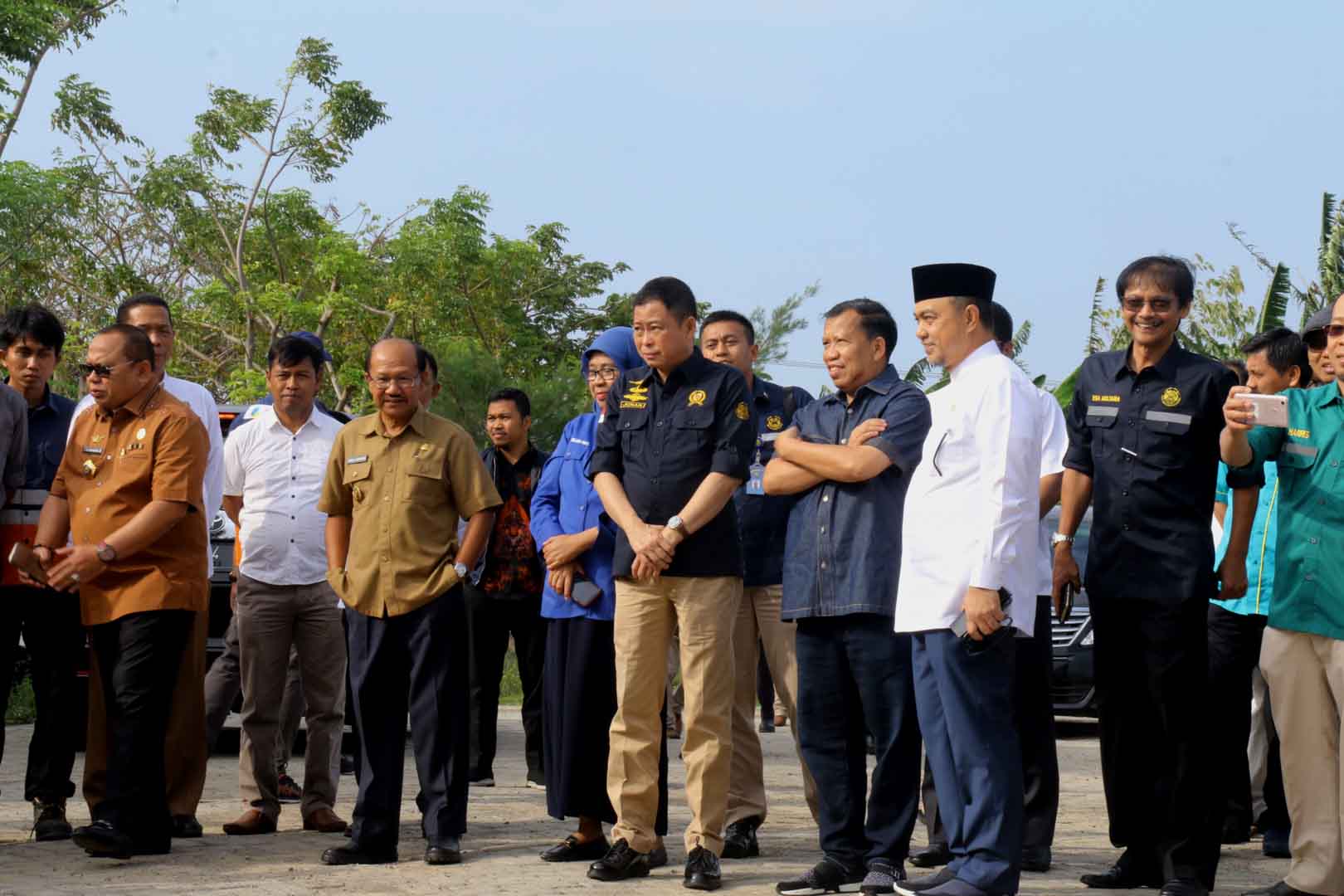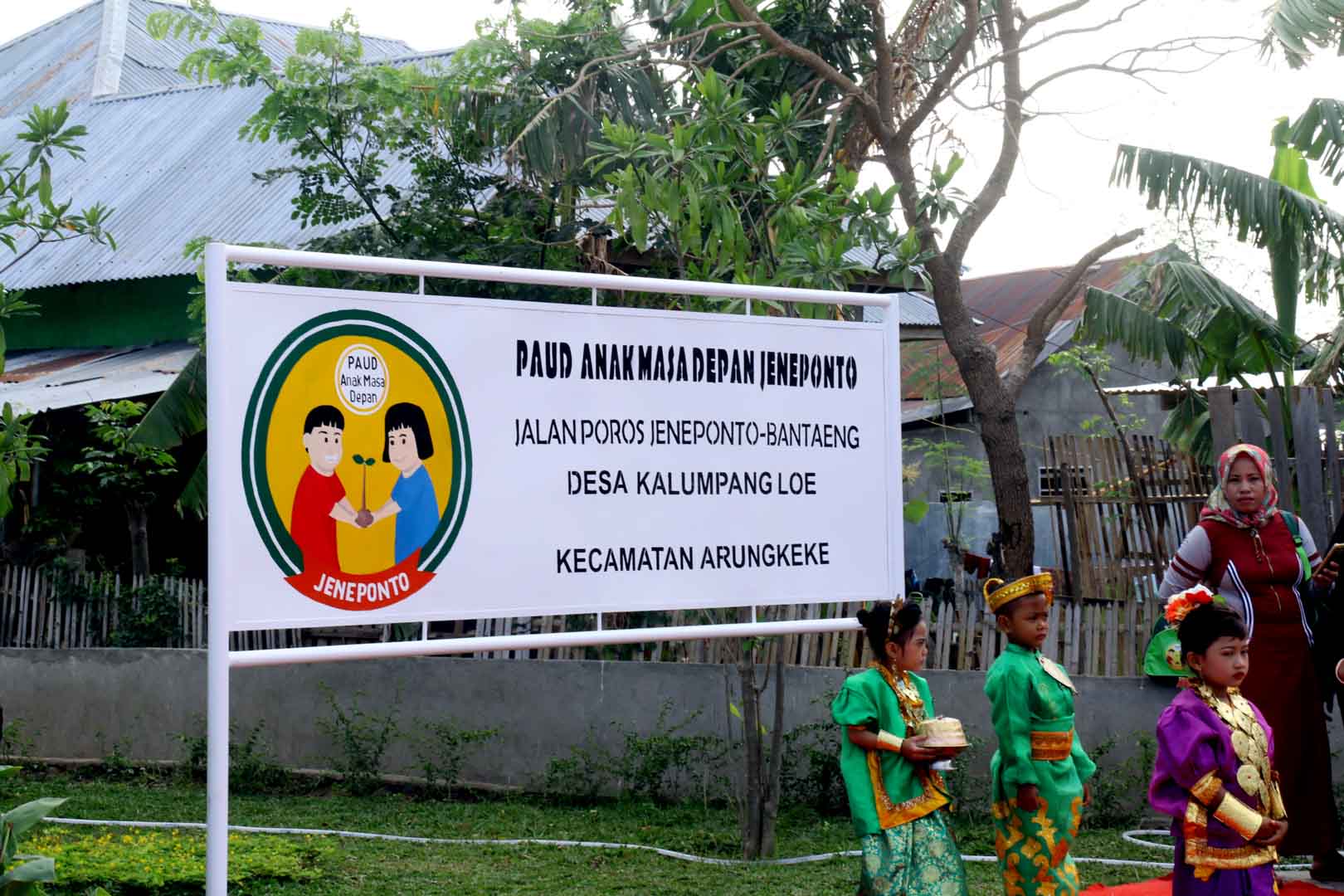Clean electricity and community benefits
This carbon offset project is located in the Jeneponto district in the Indonesian province of South Sulawesi and is comprised of 20 wind turbines of 3.6 megawatts each. In total, the wind power plant has a capacity of 72 megawatts. The electricity generated flows into the Indonesian power grid, where it replaces electricity that would otherwise have been generated by fossil fuels. Thus, the project saves an average of 172,650 tonnes of CO2 emissions annually.
In addition, the project brings investments into the region that would not have been possible otherwise, thus improving the regional infrastructure. By creating local jobs, the project also reduces poverty. Development activities such as health campaigns, improvements to regional schools, knowledge transfer about natural disasters, and training in agriculture serve to develop rural communities and improve health care.

As the name suggests, wind turbines use the power of the wind to generate energy. During this process, a generator located inside the wind turbine converts kinetic energy into electrical energy. As energy is still mainly generated from fossil fuels in many areas around the world, clean wind energy can replace some of this fossil, high-emission energy and verifiably save CO2 emissions.
In most cases, the sustainably generated electricity from the wind power projects is fed into a regional power grid, which diversifies the power supply and improves energy security in regions that are frequently affected by power shortages and outages. A project often creates increased job opportunities for the local population and the area can be used for additional activities, such as agriculture. Wind power projects make an important contribution to a clean energy supply worldwide and contribute to sustainable development with respect to the UN Sustainable Development Goals (SDGs). Wind energy projects in the ClimatePartner portfolio are registered with international standards.
Explore our projects
Biochar for Climate Action, Healthy Soils, and Better Harvests

A certified climate project combined with additional commitment

Expansion of renewable energy generation in Asia

Ceramic water filters save CO2 and improve health

Improved cookstoves worldwide – for better health and cleaner air

A certified climate project combined with additional commitment

Powering access to renewable energy in Africa

A certified climate project combined with additional commitment

Restored ecosystems remove carbon

Turning degraded farmlands into healthy ecosystems

Improved cookstoves - better for health and the environment

















